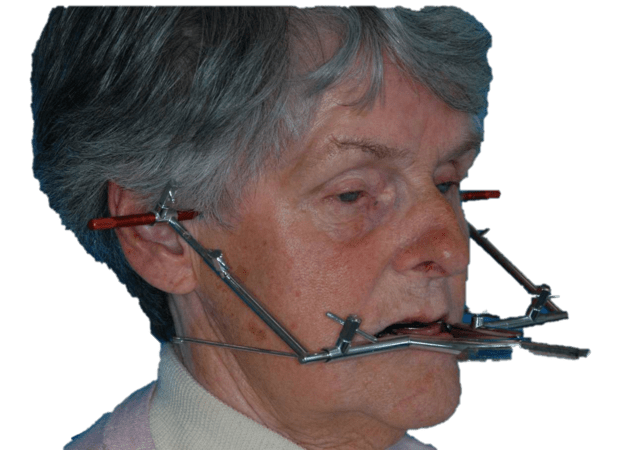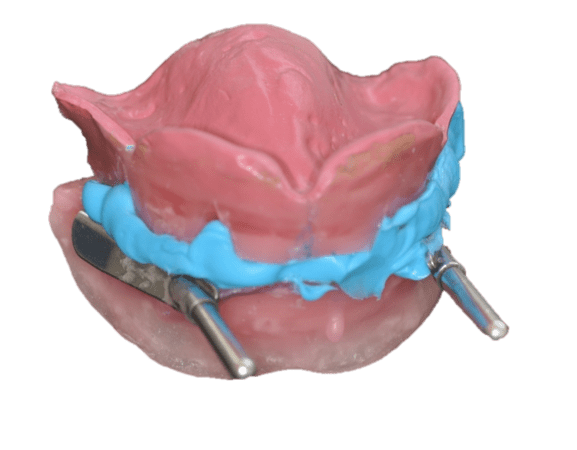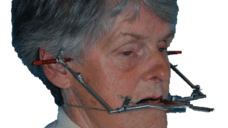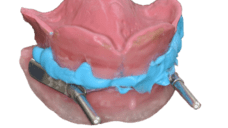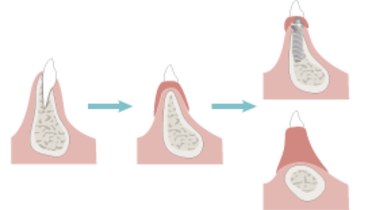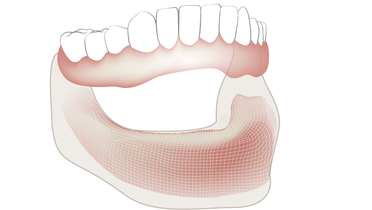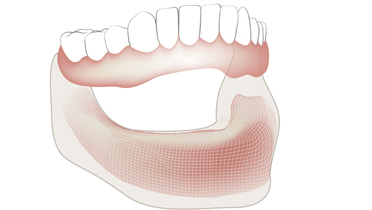-
0
Patient Assessment
- 0.1 Patient demand
- 0.2 Overarching considerations
- 0.3 Local history
- 0.4 Anatomical location
- 0.5 General patient history
-
0.6
Risk assessment & special high risk categories
- 5.1 Risk assessment & special high risk categories
- 5.2 age
- 5.3 Compliance
- 5.4 Smoking
- 5.5 Drug abuse
- 5.6 Recreational drugs and alcohol abuse
- 5.7 Parafunctions
- 5.8 Diabetes
- 5.9 Osteoporosis
- 5.10 Coagulation disorders and anticoagulant therapy
- 5.11 Steroids
- 5.12 Bisphosphonates
- 5.13 BRONJ / ARONJ
- 5.14 Radiotherapy
- 5.15 Risk factors
-
1
Diagnostics
-
1.1
Clinical Assessment
- 0.1 Lip line
- 0.2 Mouth opening
- 0.3 Vertical dimension
- 0.4 Maxillo-mandibular relationship
- 0.5 TMD
- 0.6 Existing prosthesis
- 0.7 Muco-gingival junction
- 0.8 Hyposalivation and Xerostomia
- 1.2 Clinical findings
-
1.3
Clinical diagnostic assessments
- 2.1 Microbiology
- 2.2 Salivary output
-
1.4
Diagnostic imaging
- 3.1 Imaging overview
- 3.2 Intraoral radiographs
- 3.3 Panoramic
- 3.4 CBCT
- 3.5 CT
- 1.5 Diagnostic prosthodontic guides
-
1.1
Clinical Assessment
-
2
Treatment Options
- 2.1 Mucosally-supported
-
2.2
Implant-retained/supported, general
- 1.1 Prosthodontic options overview
- 1.2 Number of implants maxilla and mandible
- 1.3 Time to function
- 1.4 Submerged or non-submerged
- 1.5 Soft tissue management
- 1.6 Hard tissue management, mandible
- 1.7 Hard tissue management, maxilla
- 1.8 Need for grafting
- 1.9 Healed vs fresh extraction socket
- 1.10 Digital treatment planning protocols
- 2.3 Implant prosthetics - removable
-
2.4
Implant prosthetics - fixed
- 2.5 Comprehensive treatment concepts
-
3
Treatment Procedures
-
3.1
Surgical
-
3.2
Removable prosthetics
-
3.3
Fixed prosthetics
-
3.1
Surgical
- 4 Aftercare
Complete Denture - maxillo-mandibular relations
Key points
- An important goal in the treatment of completely edentulous patient is to re-establish the jaw relation in transversal and sagittal dimension comprising adequate facial height
- The technique with wax rims fabricated on the master casts is still the gold standard to determine jaw relations and bite registration in the edentulous patients
- The wax rims establish the vertical dimension and delineate occlusal plane, lip line, smile line and midline
Maxillo-mandibular relations – interocclusal records
Accurate and repeatable recording of the patient’s maxillo-mandibular relationships are essential for all types of oral rehabilitation. They provide essential clinical documentation that enables dentists and technicians to create the occlusal relationships necessary to meet the patient's functional and esthetic needs. When masticatory health and natural or correctly restored dentitions are present, inter-occlusal records are routine clinical steps. Many different materials are available to make such records and transfer them to an articulator.
Fabrication of wax occlusion rim(s) and articulated casts
The technique using wax rims fabricated on the master casts is still the gold standard to determine maxillo-mandibular relations and interocclusal registration in edentulous patients. The wax rims establish the vertical dimension and delineate the occlusal plane, the lip line, smile line and midline.
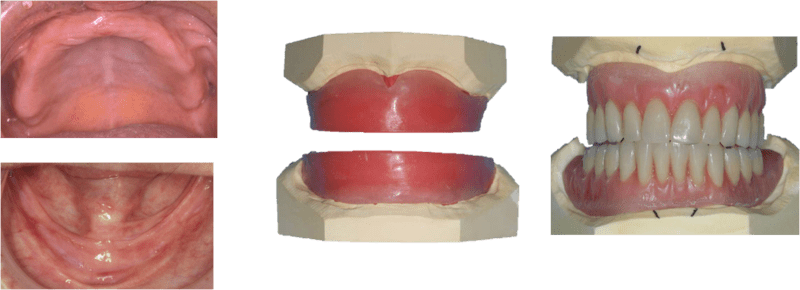
Numerous techniques (from a simple ‘check bite’ record to more elaborate Gothic arch tracings) have been proposed to complete the centric relation record, prior to its transfer to an articulator. Careful guidance of the patient's mandible during jaw closure facilitates the interocclusal registration process to record the centric relation. The clinician must ensure that the record bases are positioned properly and fully seated and do not move while the interocclusal registration material is setting. The ideal registration material is quick-setting, free-flowing to offer little resistance during closure and rigidly setting. Recording of maxillo-mandibular relations may be done with or without the use of a facebow. Articulated casts offer an easy and reliable analogue for laboratory simulation of jaw movements.
